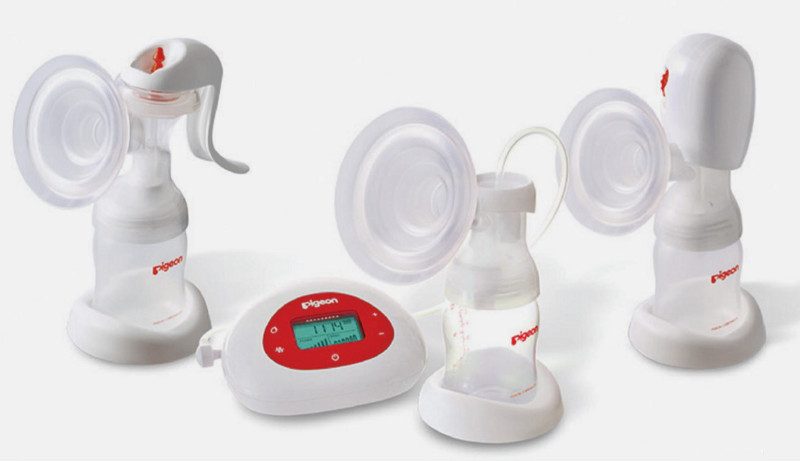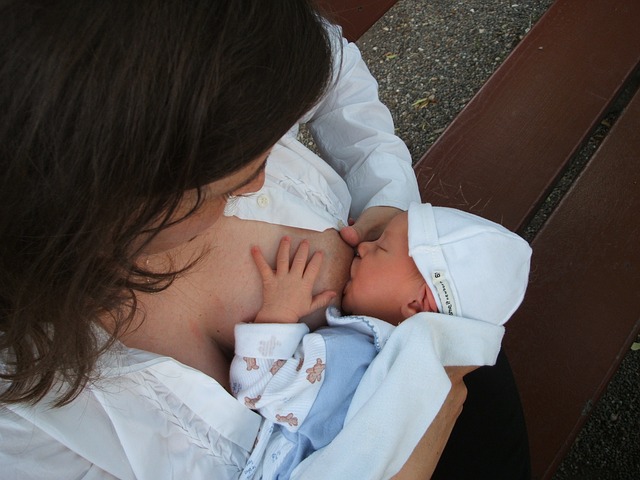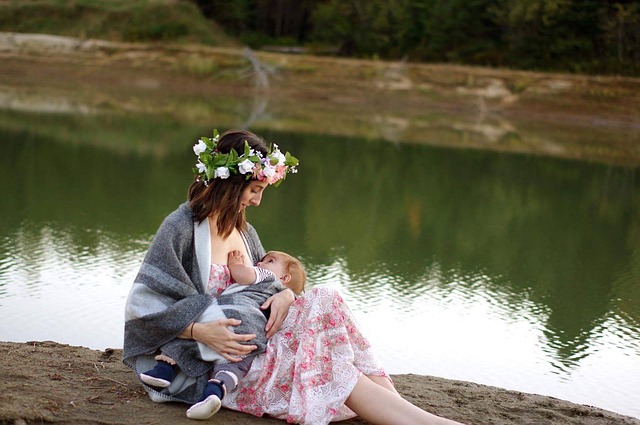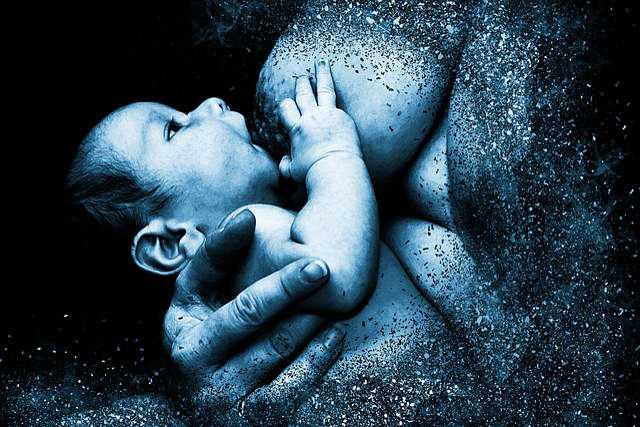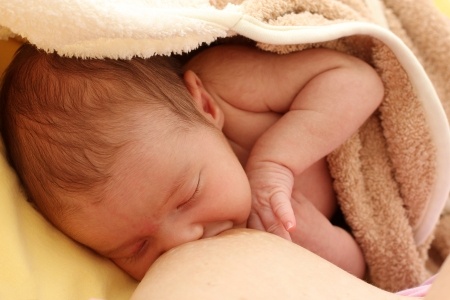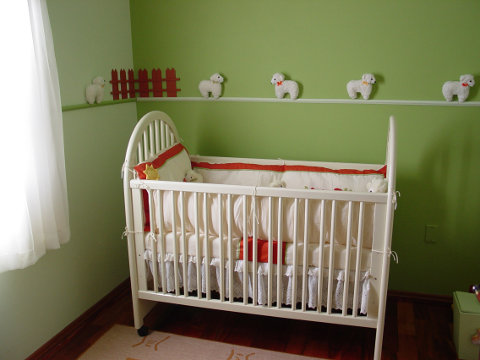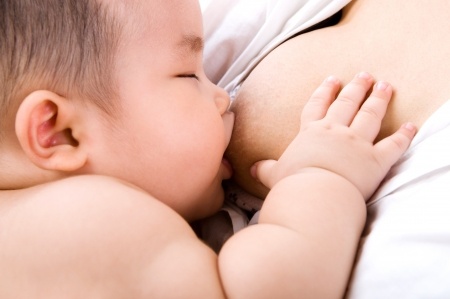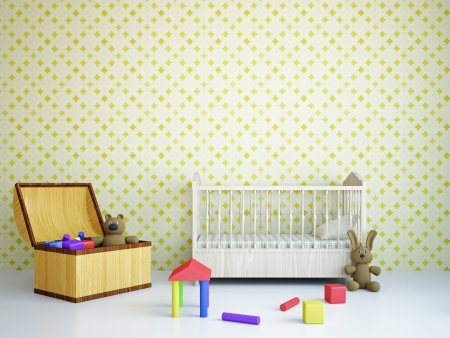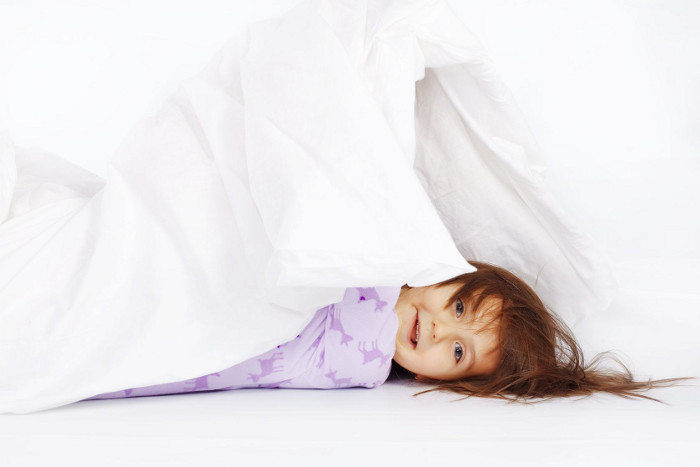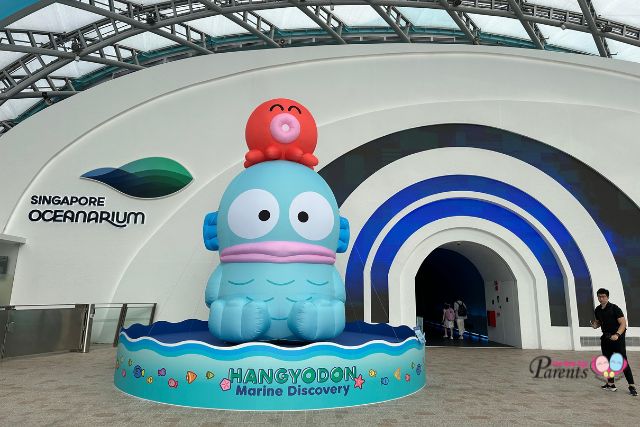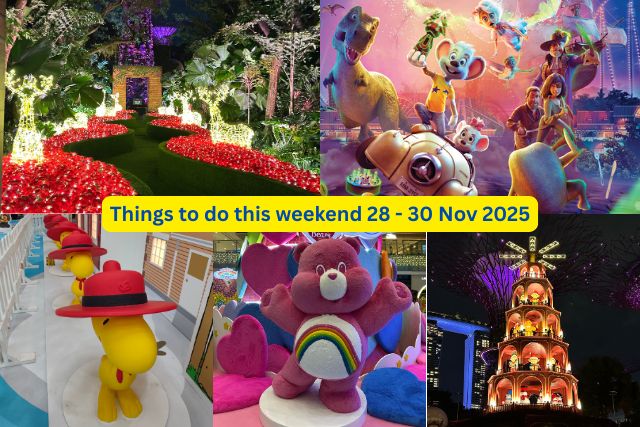I breastfed my first kid for two and a half years. I remember feeling a mixture of sadness and relief when, after a week-long process of weaning, I realized that she would never again curl up to me to nurse for milk or comfort.
Right after she was born, the nurse plopped her naked on my chest – my flushed skin, perspiring from the exertion of labor, against the soft, slippery skin of my newborn. I could feel the weight of her, my heart beating gloriously under her tiny balled fists. But what stood out most of all was the first time she latched onto my breast and I thought, “Oh. Oh, so that’s how it feels.”
As trite as it sounds, the closest I can get to describing that sensation is life flowing from my body to hers. Yes, I knew that was already happening inside the womb, but now I could actually see her in my arms, feeding. I was in awe.
After nursing Chloe intermittently from midnight till morning, I was starting to wince from the growing soreness. Even the thin fabric of my hospital gown felt abrasive against my nipples, for they had become raw and swollen, and remained so for the first week. Nipple cream provided little relief.
A proper latch is everything. I learned the truth of that when a lactation expert helped me correct Chloe’s latch. “She should take in a bigger mouthful of your areola, not just your nipple.”
Still, nothing had prepared me for how much work breastfeeding actually was. Or how you could get neck and arm cramps from continually holding the same position. Or how you could be so engorged that even your armpits hurt.
But much of what makes a breastfeeding experience a successful one has to do with sheer will. It means feeding through the ache until you grow accustomed to it – much like blisters toughening up to become callouses. The breastfeeding journey doesn’t just involve nursing by breast. It’s also grappling with the pump, doing everything to increase your milk supply, and puffing up with pride when your freezer is stacked with storage bags of your liquid gold.
And all the work is worth it.
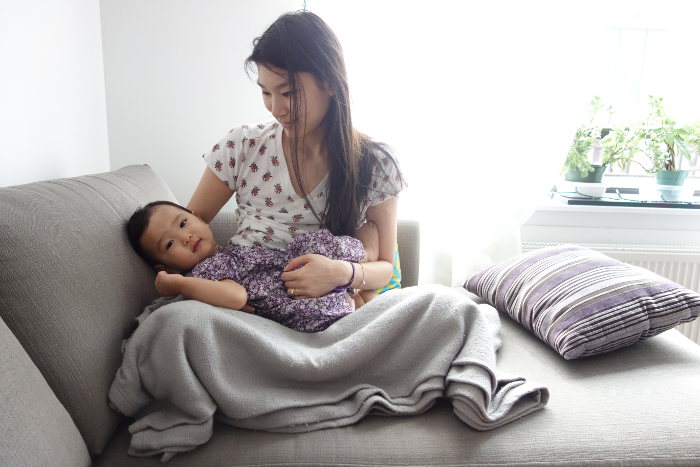 Jenny with her daughter when she was 18 months old, after a nursing session.
Jenny with her daughter when she was 18 months old, after a nursing session.
Breastfeeding made me feel closer to Chloe and will always be one of my favourite parts of being a mum. It was among the most intimate and cozy mother-to-baby connections. Nothing compared to gazing down at that little milk drunk face after she passed out from feeding. Or how, in the middle of feeding vigorously, she’d suddenly stop and look into my eyes with quiet intensity as if to make sure I was still there, before smiling and continuing to eat. Sometimes when Chloe was inconsolably fussy, the only way to calm her down was to hold her to my chest.
Instant quiet, instant peace.
As Chloe grew older into her toddler years, friends, relatives, and even strangers made remarks like, “Isn’t she too old for that now? When are you planning to stop breastfeeding?” or “She doesn’t actually need the nutrition as much anymore, does she?” Some questions were innocent enough while others came across as judgmental. It’s one of those things that breastfeeding mums have to weather, in the same vein as ignoring strangers’ glances when you nurse in public. Soon you stop giving them the time of day.
In fact, an unexpected breastfeeding bonus was acquiring more confidence and no longer sweating the small things. I was focused on my child’s needs first and foremost. There was something about being a mother that empowered me to go ahead and do what I believed was best.
For Chloe and me, that meant breastfeeding until she was two and a half. I had never put a deadline on it – we simply stopped when we were both ready.
Along the way, I learned a number of things:
- When you’re having a long, leisurely childfree dinner with friends, sometimes you’ll suddenly feel so engorged that you can hardly focus on the conversation at hand. It might be necessary to excuse yourself to the bathroom to hand-express. It is also perfectly acceptable to simply tell your friends you have to head home stat to your kid (before you burst in the middle of dinner – but you can leave that part out).
- Your breasts will increase in size. Your husband will be a fan of that. But you might prefer it if your breasts are left alone, especially when they’re already working so hard to feed your child.
- Some babies are okay with nursing covers. Others hate it. After all, how would you like eating with a cloth looming over your face? If it’s too much hassle and your child is screaming under there, ditch the nursing cover and just feed your baby however you want to. A nursing shirt can help. But breastfeeding is already subtle to begin with anyway, especially as the baby’s headcovers up almost everything.
- Your breasts might not be the same after you wean. I’ll just go ahead and say it: They’re probably a tiny bit saggy now compared to your pre-mum days. Don’t make it a big deal. Your body has been through a lot. Your breasts show every sign of loving and feeding your baby – and that’s a wonderful thing.
By Jenny Tai.
This article is part of Breastfeeding with Love campaign, initiated by The New Age Parents and New Age Pregnancy.
Join the Breastfeeding with Love Group to find out more and be part of our breastfeeding online community!
Do you have a successful breastfeeding story to share? We would love to hear from you!
Share your story in 400 – 700 words, including your full name, age, email, contact number and the duration of your breastfeeding journey. Drop us an email at mailbox@thenewageparents.com with the subject title: My Breastfeeding Journey.

|
Click on the logos to find out more about our supporting partners.
* * * * *
Like what you see here? Get parenting tips and stories straight to your inbox! Join our mailing list here.
Want to be heard 👂 and seen 👀 by over 100,000 parents in Singapore? We can help! Leave your contact here and we’ll be in touch.



































